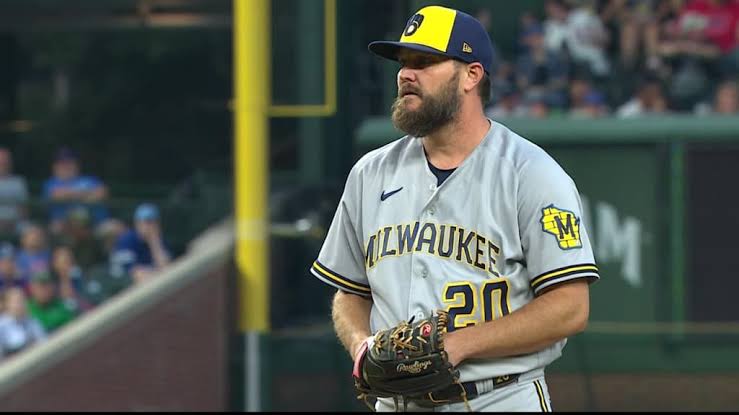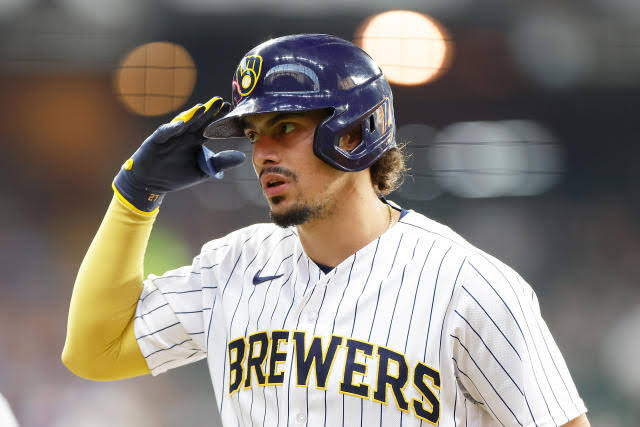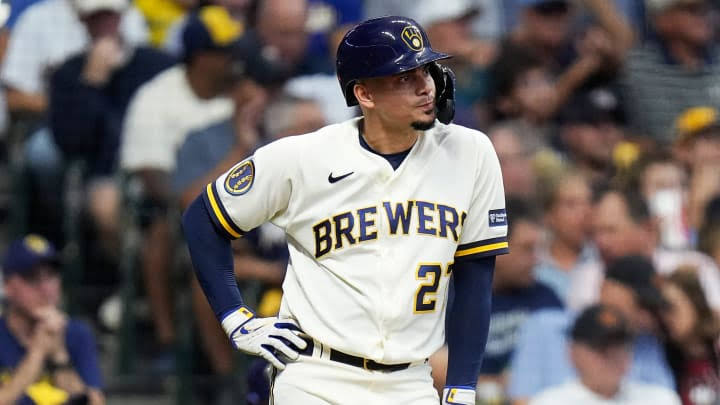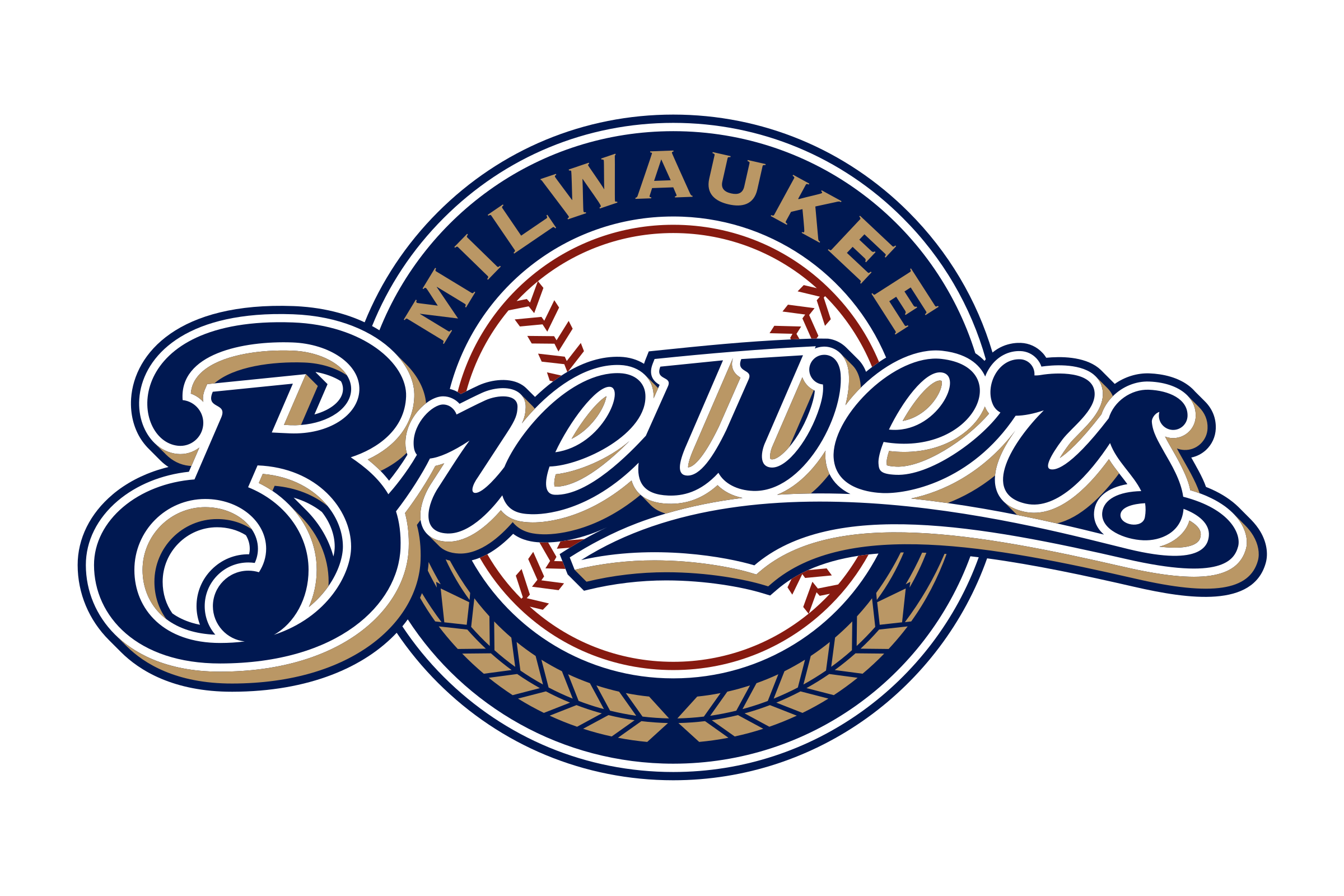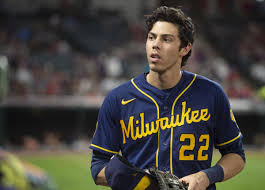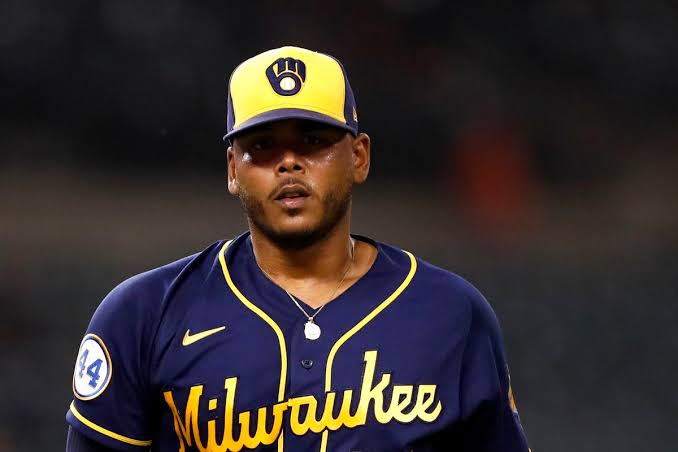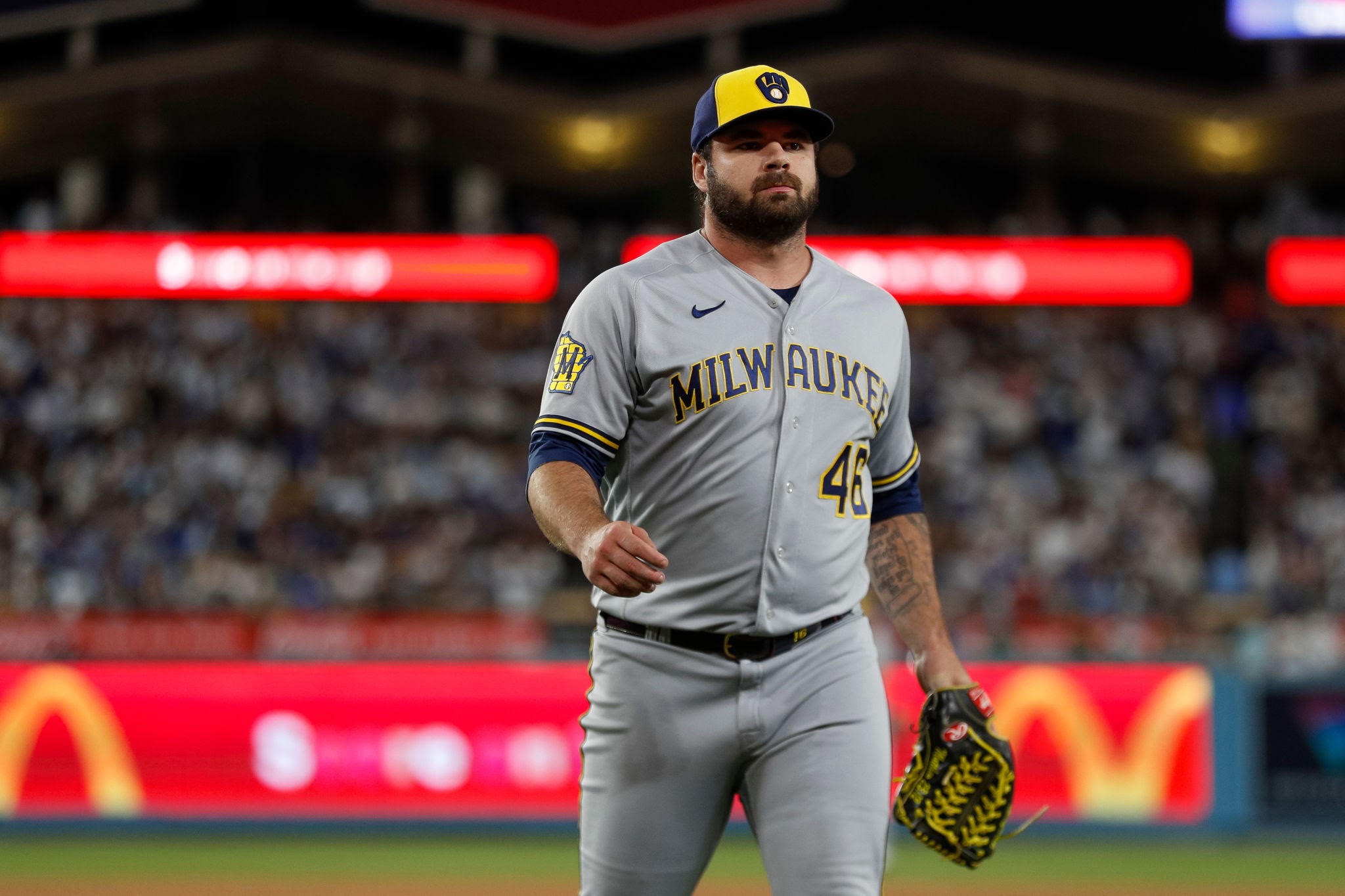SAD NEWS: Devin Williams annouced that he is leaving Milwaukee Brewers today after….
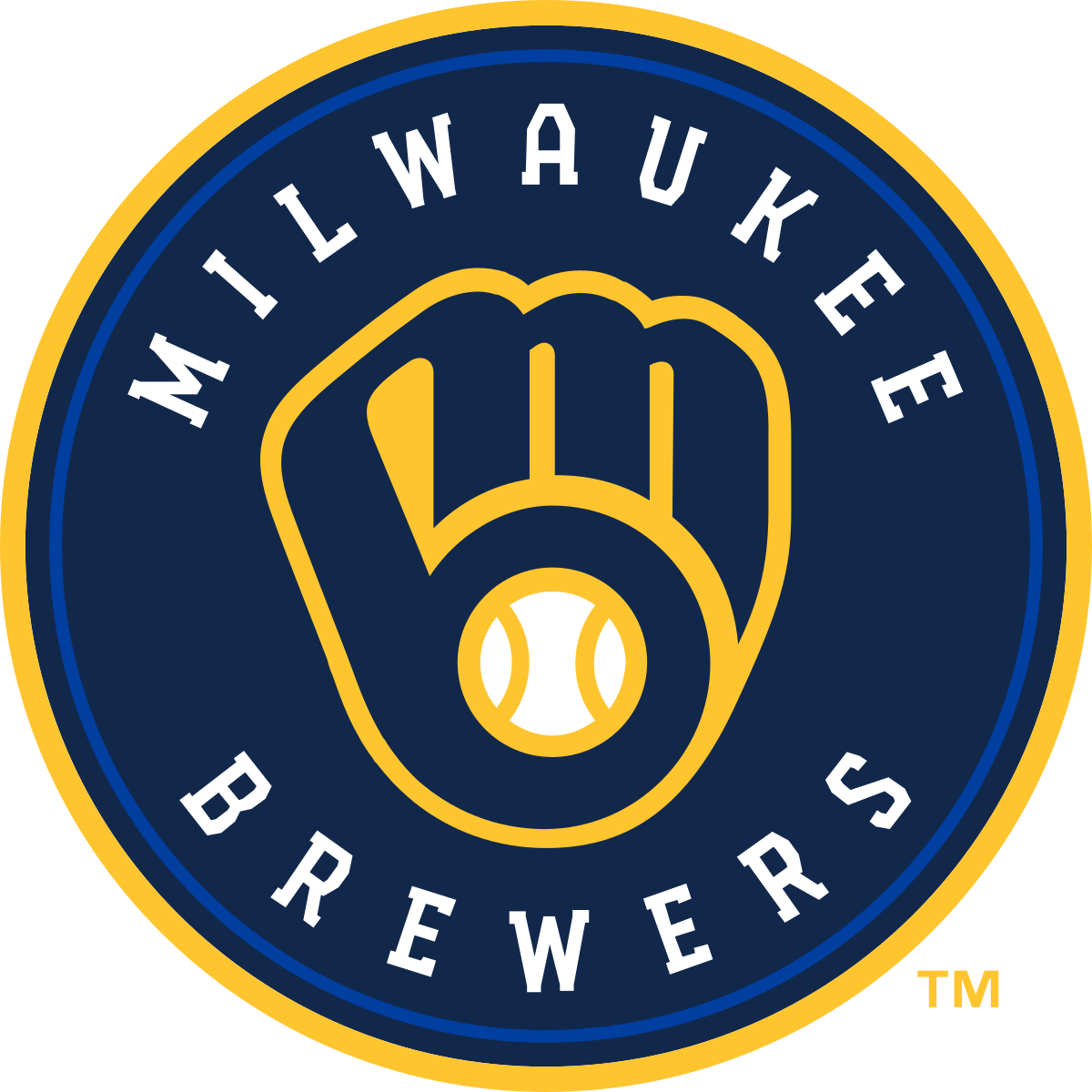
The Milwaukee Brewers are master count managers at bat.
Milwaukee — Despite adding a few fly-ball sluggers this winter, the Milwaukee Brewers offense still relies heavily on on-base abilities and using the entire field. We can analyze how feasible the team build is for 2024 with the addition of a new metric to assess the hitting strategy of the team.
Patrick Dubuque of Baseball Prospectus introduced a novel method at the start of this month for evaluating batters’ ability to control the count. Dubuque calculated the frequency with which each hitter achieved each count by taking the value of reaching each count (depending on the league’s success once they do).
He then used the two against one another to develop Count+, a straightforward yet insightful evaluation of hitters’ count management. In Hitters with higher scores spend more time in advantageous counts; this statistic states that a score of 100 is average and a score higher is preferable.
Several of the 2023 Brewers rated highly under Dubuque’s new yardstick, which should come as no surprise given that they were among the MLB’s most patient and OBP-focused teams. While not all Milwaukee batters were exceptional, they were nearly all above average.

Let’s focus only on the hitters who are currently with the Milwaukee organization and saw a significant amount of big-league action over the two-year sample period that Dubuque utilized to develop the metric:
Though it’s by no means the only explanation, Hoskins and Sánchez stick out among this set of targets for the Brewers. Although Hoskins’s home runs make headlines, his plate discipline is almost as crucial to his success.
With a strike to play with, he tries hard to get into counts where he can unleash his steep, powerful swing without too much concern about whiffing. He also raises his chances of connecting on those swings by concentrating on parts of the zone where he causes harm.

Does that sometimes imply a lot of called strikes? Yes. However, it’s not a deal-breaker for the Brewers. Last year, Sánchez’s club was one of just three teams who had more called strikes in their hitters’ counts parents. When they are ahead in the count, they aim to urge hitters to think about covering a section of the zone where maximum productivity is possible rather than covering the entire zone. The new guys blended right in.
It is clear that this metric is not ideal or generally applicable. A hitter’s total profile influences how hard they should strive to get into favorable counts.

Based on their whiff rates, pitch identification abilities, and contact quality, each player’s individual predicted production through those counts is smoothed over by taking the league-wide numbers through different counts, which eliminates some significant disparities between players. Additionally, it captures certain behaviors that are actually contact skills—such as consistently putting the ball in play as opposed to fouling it off or whiffing—and presents them to us as issues of strategy or intent.
Nevertheless, it’s a fantastic overview of how a batter approaches winning an at-bat mentally by keeping the game’s base rates in mind. The Brewers carry it exceptionally well since it’s a focal point for them.
With their current roster and under Murphy, they don’t plan to lead the league in home runs. Instead, they’ll score runs by clustering hits and walks, which calls for a methodical, relentless strategy to earning pitches and having the upper hand during individual at-bats.
Hoskins was a carefully chosen addition, striking a balance between continuing to be dedicated to what the team already believes works and filling the team’s needs both positionally and in terms of skill set. His charisma and track record make him something of an instant icon for this lineup and the carrier of the overall team identity.


